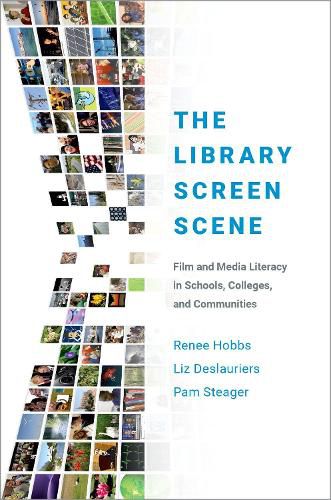Readings Newsletter
Become a Readings Member to make your shopping experience even easier.
Sign in or sign up for free!
You’re not far away from qualifying for FREE standard shipping within Australia
You’ve qualified for FREE standard shipping within Australia
The cart is loading…






In the past two decades, several U.S. states have explored ways to mainstream media literacy in school curriculum. However one of the best and most accessible places to learn this necessary skill has not been the traditional classroom but rather the library. In an increasing number of school, public, and academic libraries, shared media experiences such as film screening, learning to computer animate, and video editing promote community and a sense of civic engagement. The Library Screen Scene reveals five core practices used by librarians who work with film and media: viewing, creating, learning, collecting, and connecting. With examples from more than 170 libraries throughout the United States, the book shows how film and media literacy education programs, library services, and media collections teach patrons to critically analyze moving image media, uniting generations, cultures, and communities in the process.
$9.00 standard shipping within Australia
FREE standard shipping within Australia for orders over $100.00
Express & International shipping calculated at checkout
In the past two decades, several U.S. states have explored ways to mainstream media literacy in school curriculum. However one of the best and most accessible places to learn this necessary skill has not been the traditional classroom but rather the library. In an increasing number of school, public, and academic libraries, shared media experiences such as film screening, learning to computer animate, and video editing promote community and a sense of civic engagement. The Library Screen Scene reveals five core practices used by librarians who work with film and media: viewing, creating, learning, collecting, and connecting. With examples from more than 170 libraries throughout the United States, the book shows how film and media literacy education programs, library services, and media collections teach patrons to critically analyze moving image media, uniting generations, cultures, and communities in the process.